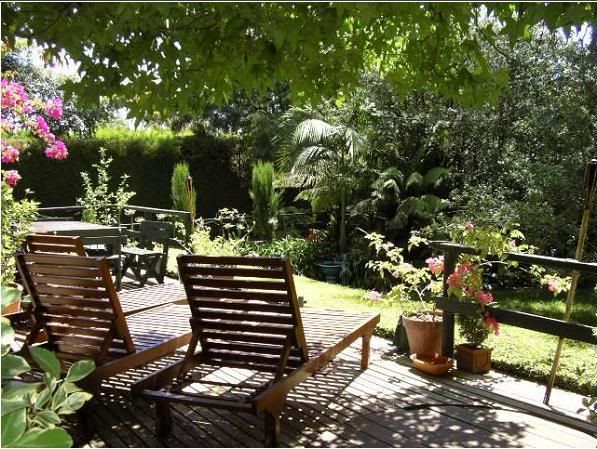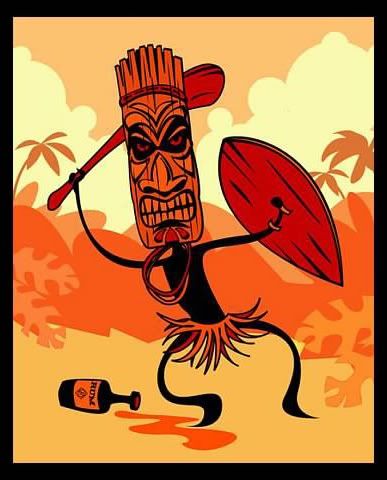vitanola
I'll Lock Up
- Messages
- 4,254
- Location
- Gopher Prairie, MI
And the contemporary takes on that mid-century "high style" (think Eames, Saarinen, Neutra, Mies, et al) was rarely seen so exclusively when that stuff was new. In recent years I've seen numerous open-plan, post-and-beam houses with walls of glass, etc., furnished almost exclusively in archetypal modernist pieces whose designs (if not the pieces themselves) date from decades before the well-heeled yuppie occupants of those houses were born. Nice stuff, and I wouldn't mind having some of it myself, but it sometimes borders on cliche.
Nope. What seemed most prevalent among the people my people associated with back then, what they found "tasteful," was what is now called Colonial Revival but what was then called Early American. So they bought new (or used) furniture in that style and filled out the spaces with hand-me-downs and whatnot. Many pieces you and I would pay good money for today -- radios, sofas, scratched-up tables, etc. -- was put on the curb back then.
No, not really. "Colonial Revival", also known as "Williamsburg" was quite distinct from "Early American". Picture the difference between a Baker catalog and one by Ethan Allen. "Early American" was the mass market descendant of the sort of "quaint" furniture reproductions of idiosyncratic
New England pieces offerred by Wallace Nutting and L & J. G. Stickley in the 1920's. These pieces were copied from or inspired by vernacular furniture,mwith the splayed legs characteristic of Windsor chairs and Connecticut River Valley tavern tables, and the simple sturdy lines of case goods. In the 'Thirties simplified versions of this furniture were produced by small craft workshops and village industries organized by the Charitable groups to give meaningful work to the unemployed. When the style caught on the Ohio River furniture companies like Mersman Brothers further simplified it for mass production. During the War it was practically the only style generally available without priorities, and after the war it became dominant for some time.











